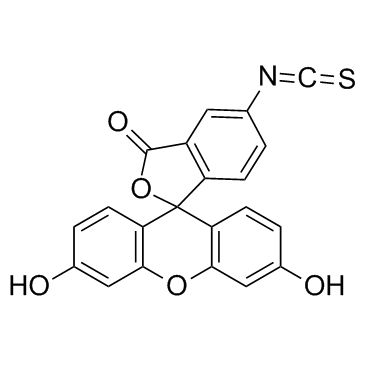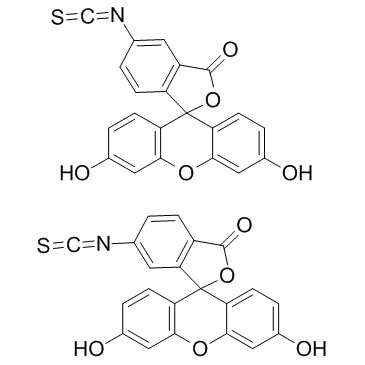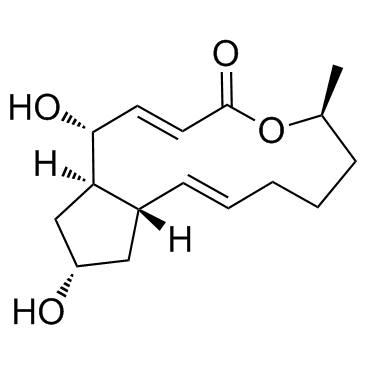| Structure | Name/CAS No. | Articles |
|---|---|---|
 |
Fluorescein isothiocyanate
CAS:3326-32-7 |
|
 |
fluorescein 5-isothiocyanate
CAS:27072-45-3 |
|
 |
Brefeldin A
CAS:20350-15-6 |
|
 |
DL-Serine
CAS:302-84-1 |
|
 |
3,4-Dichloro-isocoumarin
CAS:51050-59-0 |